What Are the Best Techniques for Aluminum Extrusion Welding?
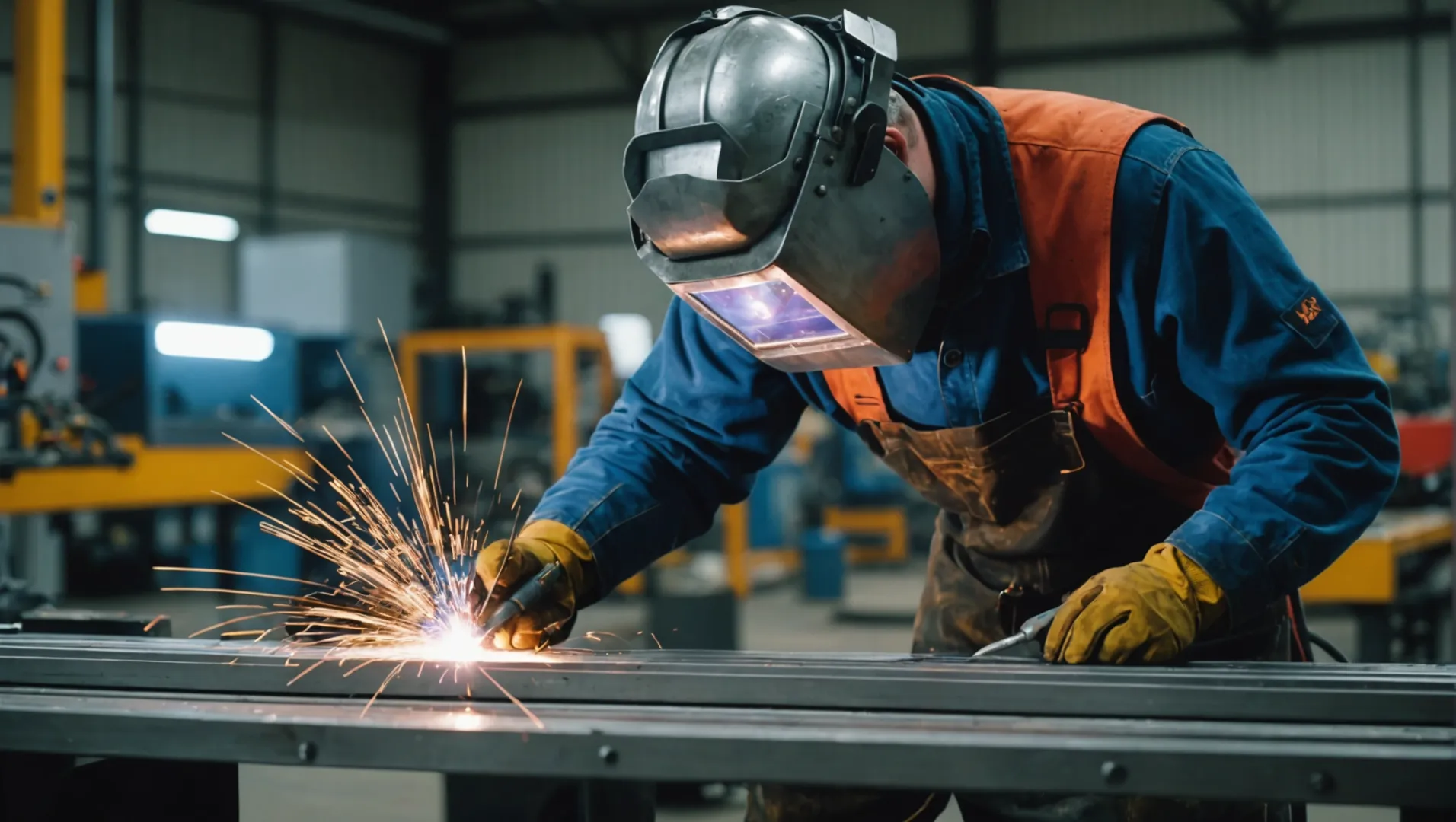
Welding aluminum extrusions might seem daunting, but the satisfaction of mastering it is unparalleled.
The best techniques for aluminum extrusion welding include TIG and MIG welding, which offer precision and strength. Proper surface preparation, selecting the right filler material, and understanding heat control are crucial for achieving optimal results.
While understanding the basic techniques is a good start, mastering aluminum extrusion welding requires detailed knowledge and practice. In the following sections, we delve into each method’s nuances, offering expert tips to enhance your welding proficiency.
TIG welding is ideal for aluminum extrusion joints.True
TIG welding offers precision and control, crucial for strong, seamless aluminum joints.
How Does TIG Welding Enhance Aluminum Extrusion Joints?
TIG welding is known for its precision and strength, making it ideal for enhancing aluminum extrusion joints. Discover how this method elevates your welding projects.
TIG welding enhances aluminum extrusion joints by providing superior precision, control, and finish. It allows for a clean weld with minimal distortion, crucial for maintaining structural integrity and aesthetics in aluminum projects.
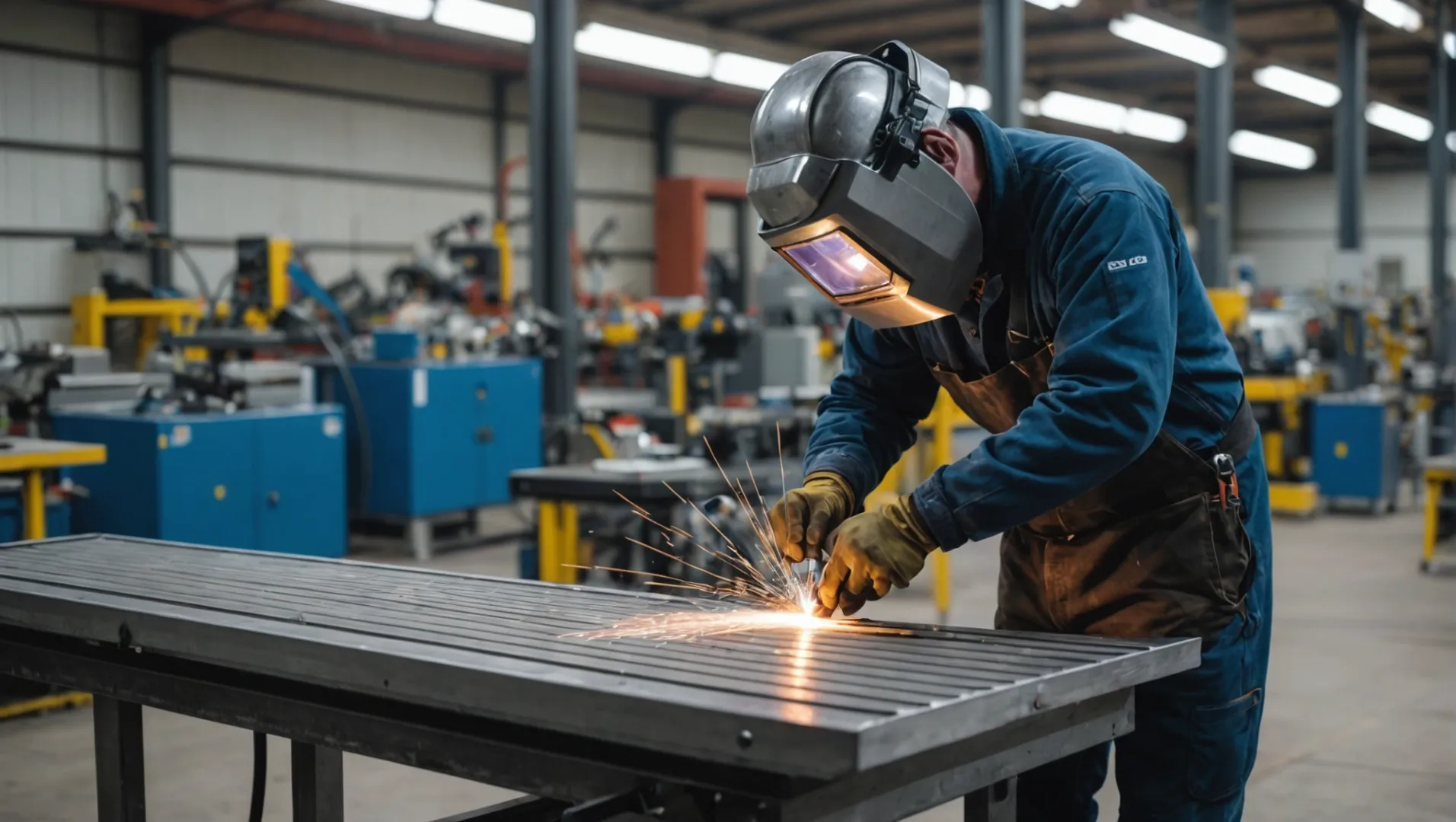
The Precision Advantage of TIG Welding
TIG (Tungsten Inert Gas) welding, also known as GTAW (Gas Tungsten Arc Welding), is renowned for its precision, making it particularly beneficial for aluminum extrusion joints. This process uses a non-consumable tungsten electrode, which delivers consistent heat, allowing for meticulous weld control. The result is a high-quality joint with minimal distortion, essential for maintaining the integrity and appearance of aluminum extrusions.
Superior Control and Clean Finish
The controlled heat input in TIG welding is critical when working with aluminum, a metal notorious for its rapid heat conduction. By managing heat distribution effectively, TIG welding minimizes the risk of warping and cracking, common issues in aluminum welding. This control ensures a clean finish, which is aesthetically pleasing and often necessary in applications such as architectural frameworks and automotive components.
Importance of Shielding Gas
An integral component of the TIG welding process is the use of inert gases like argon or helium. These gases protect the weld area from atmospheric contamination, crucial for aluminum, which oxidizes quickly. This protection ensures that the weld remains free of impurities, enhancing joint strength and longevity.
Benefits of Using AC Mode
Aluminum’s natural oxide layer can be challenging to penetrate; however, using an AC (alternating current) setting in TIG welding helps break down this layer. The alternating polarity cleans the metal surface during welding, promoting better fusion between the base metals and filler materials. This results in stronger, more reliable joints.
Practical Applications and Considerations
In practice, TIG welding is highly beneficial in industries where precision and aesthetics are paramount. For instance, the aerospace industry frequently relies on TIG welding for constructing aircraft frames due to the need for both strength and minimal weight. Similarly, in the food and beverage industry, the clean finish provided by TIG welding is necessary for maintaining hygienic standards in processing equipment.
Despite its advantages, TIG welding requires a skilled operator to manage its complexity effectively. Understanding techniques such as pulse settings1 can significantly enhance the quality of the welds.
Conclusion: Elevating Aluminum Welding Techniques
While no single method fits all projects, TIG welding stands out for those seeking precision and quality in aluminum extrusion joints. As you explore advanced welding techniques2, consider how mastering TIG welding can elevate your craftsmanship.
TIG welding uses a consumable tungsten electrode.False
TIG welding uses a non-consumable tungsten electrode for precision.
AC mode in TIG welding helps penetrate aluminum oxide layers.True
AC mode breaks down aluminum's oxide layer, aiding in fusion.
What Are the Key Steps in Preparing Aluminum Surfaces for Welding?
Properly preparing aluminum surfaces is critical to successful welding. Follow these essential steps to ensure a strong, clean weld.
Key steps in preparing aluminum surfaces include cleaning, removing oxide layers, and preheating. Ensuring a contaminant-free surface and reducing thermal distortion are vital for strong, reliable welds.
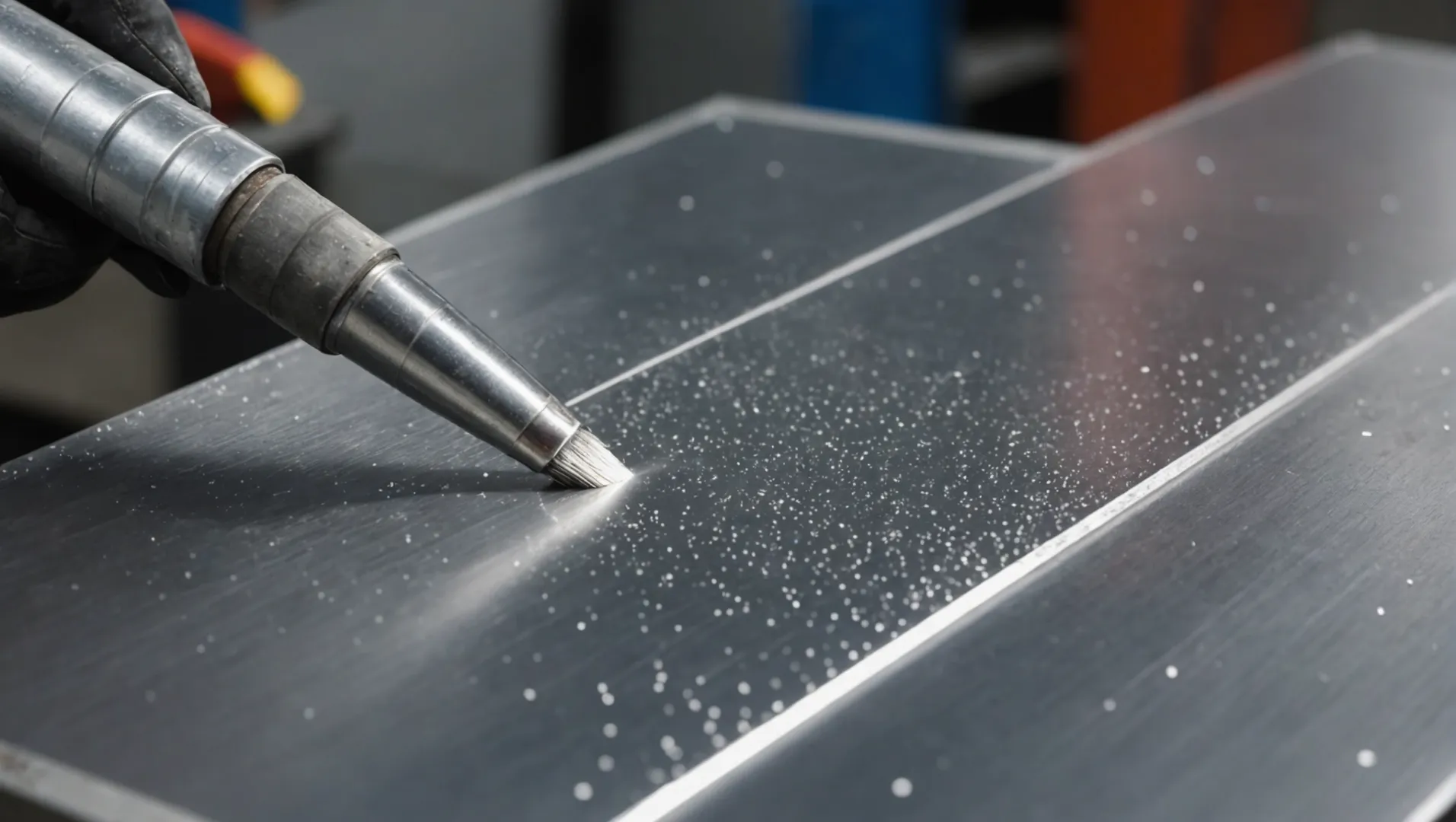
Why is Cleaning Crucial?
Aluminum’s susceptibility to contamination makes thorough cleaning an essential first step. Begin by removing any oil, dirt, or grease using a degreaser or alcohol-based cleaner. This eliminates contaminants that could otherwise lead to weak welds.
Next, mechanically clean the surface using stainless steel wire brushes or dedicated aluminum cleaning tools. Avoid using regular steel brushes as they can introduce iron particles that lead to corrosion.
Understanding Oxide Layer Removal
Aluminum naturally forms an oxide layer that can interfere with welding. This layer is significantly harder than the aluminum itself, complicating weld penetration. To remove it, employ methods such as:
- Mechanical Abrasion: Use abrasive pads or brushes designed specifically for aluminum.
- Chemical Removal: Apply acid-based cleaners like phosphoric acid solutions.
Consistent removal of this layer ensures better fusion and integrity of the weld.
The Role of Preheating
Preheating aluminum before welding can minimize thermal distortion and reduce the risk of cracking. Typically, preheat temperatures range between 150°F to 300°F (65°C to 150°C). However, the exact temperature depends on the aluminum alloy and thickness.
- Thin Sections: Lower preheat temperatures are usually sufficient.
- Thick Sections: Require higher preheat temperatures to maintain uniform heat distribution.
Importance of a Clean Environment
Welding in a clean environment is as crucial as preparing the surfaces themselves. Dust, dirt, and drafts can introduce impurities into the weld pool, leading to porosity or other defects. Establishing a dedicated welding area with controlled conditions helps maintain weld quality.
Table: Common Contaminants and Their Impact on Aluminum Welding
| Contaminant | Impact on Welding |
|---|---|
| Oil & Grease | Creates gas pockets causing porosity |
| Oxide Layer | Hinders penetration and fusion |
| Iron Particles | Leads to corrosion over time |
| Dust & Dirt | Introduces impurities into weld pool |
By understanding and implementing these preparatory steps, welders can significantly improve the quality and reliability of their aluminum welds. Explore more about surface preparation techniques3 to master aluminum welding.
Mechanical cleaning can introduce iron particles.False
Using stainless steel brushes prevents iron contamination during cleaning.
Preheating aluminum reduces thermal distortion risk.True
Preheating helps maintain uniform heat, reducing distortion and cracking.
Which Filler Materials Are Best for Aluminum Extrusion Welding?
Choosing the right filler material is crucial for successful aluminum extrusion welding, ensuring strength and durability.
The best filler materials for aluminum extrusion welding include 4043 and 5356 aluminum alloys, known for their compatibility and strength. Selecting the appropriate filler depends on the alloy of the base metal and the intended application of the weld.
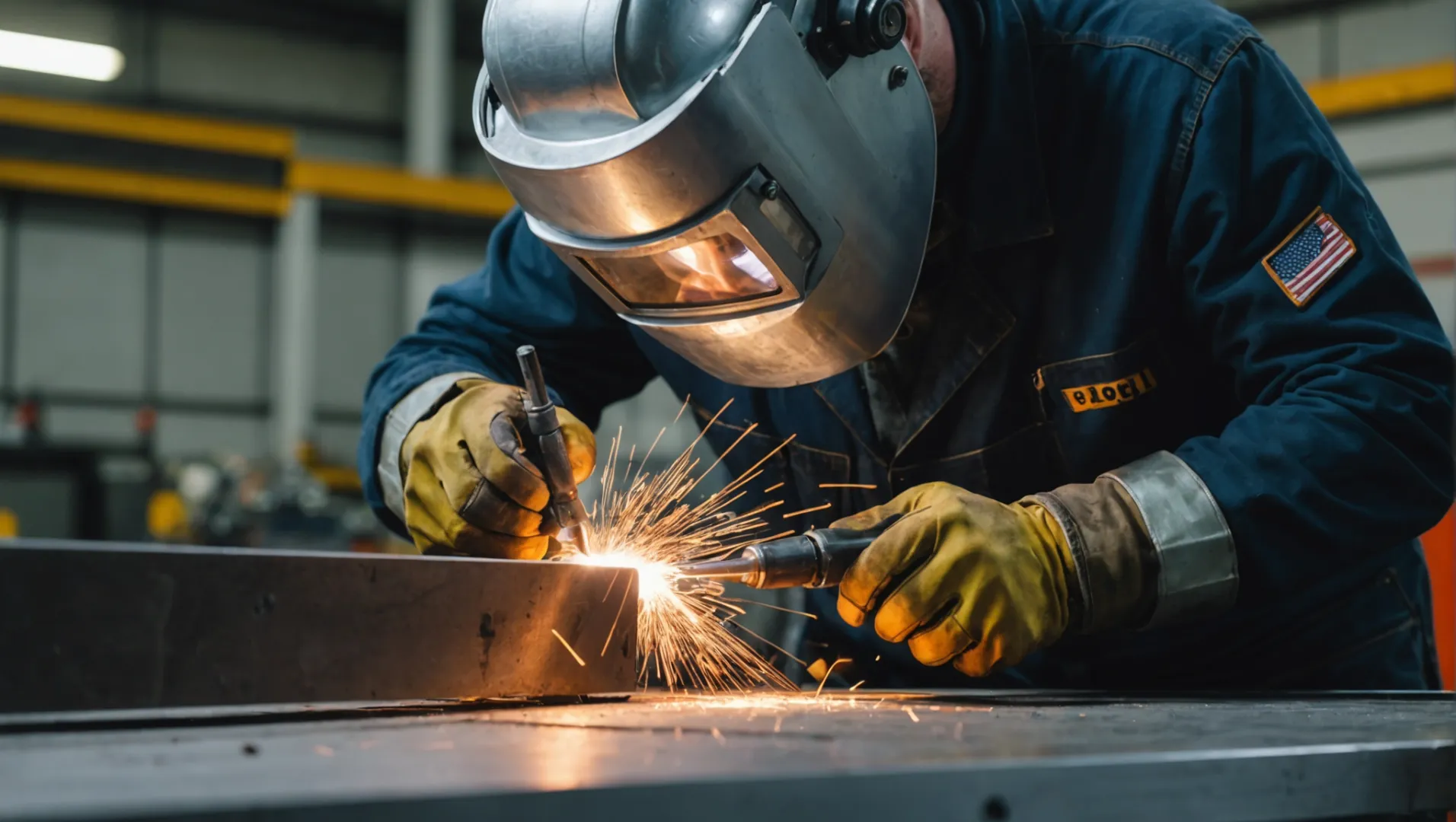
Understanding Filler Material Compatibility
When welding aluminum extrusions, selecting compatible filler materials4 is paramount to ensuring weld integrity. The two most commonly used filler alloys are 4043 and 5356, each offering distinct advantages based on the type of aluminum alloy being welded.
-
4043 Aluminum Alloy: Known for its ease of use, 4043 is suitable for welding most types of aluminum, providing a smooth finish and reducing the risk of cracking. It’s ideal for applications where aesthetic appearance is crucial, such as in architectural structures.
-
5356 Aluminum Alloy: This alloy is preferred for its strength and resistance to corrosion, making it perfect for marine environments or applications requiring high durability.
Factors Influencing Filler Material Choice
The selection process involves several factors:
-
Base Metal Alloy: Match the filler to the base metal to prevent brittleness and ensure a strong bond. For example, using 4043 with 6XXX series alloys offers a balanced combination of strength and ductility.
-
Service Environment: Consider the environment where the welded structure will be used. For instance, a 5356 filler is more suitable for outdoor structures exposed to harsh weather conditions due to its corrosion-resistant properties.
-
Weld Appearance: If appearance is critical, such as in consumer products, 4043 provides a cleaner finish.
Practical Application and Testing
Before proceeding with full-scale welding, conducting tests on small samples can help determine the optimal filler material. Observing the weld pool behavior and post-weld characteristics like cracking and porosity can provide insights into the best choice for your specific application.
For further guidance on selecting filler materials, reviewing industry standards5 can also be beneficial, as they provide a comprehensive overview of compatibility charts and recommendations.
Selecting the right filler material is not just about adhering to industry norms but understanding your project’s unique demands to achieve a robust, durable weld.
4043 alloy is best for marine aluminum welding.False
5356 alloy is preferred for marine environments due to corrosion resistance.
5356 filler is ideal for outdoor aluminum structures.True
5356 offers corrosion resistance, suitable for harsh weather conditions.
How Can Heat Control Impact the Quality of Your Welds?
Heat control plays a critical role in determining the quality of aluminum welds. Learn how managing heat can affect your welding outcomes.
Proper heat control ensures strong and defect-free welds by preventing issues such as warping, cracking, and poor fusion. It requires understanding the material’s thermal properties and adjusting welding parameters accordingly.
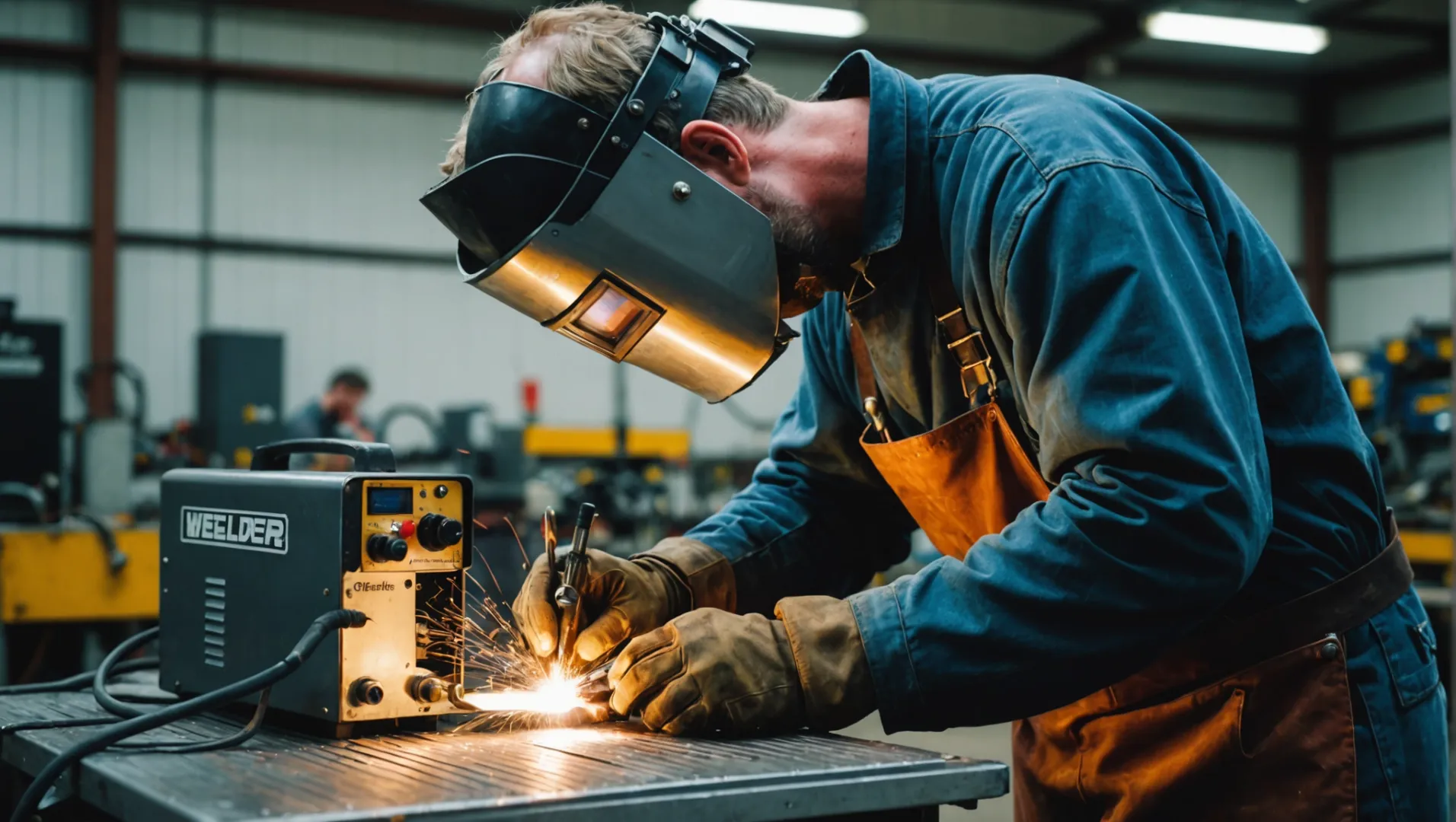
Understanding Aluminum’s Thermal Properties
Aluminum’s high thermal conductivity means it dissipates heat quickly. This characteristic, while beneficial for heat dissipation in finished products, poses challenges during welding. The rapid heat loss can lead to insufficient weld penetration or inconsistent bead quality.
To combat this, welders often increase the heat input. However, too much heat can cause warping or burn-through, weakening the joint. Balancing heat input is crucial to avoid these pitfalls and ensure a strong weld.
Techniques for Effective Heat Control
-
Adjusting Weld Speed:
- Faster welding speeds reduce heat input, minimizing distortion.
- Slower speeds can improve penetration but risk overheating and warping.
-
Selecting Appropriate Welding Parameters:
- Utilize pulse settings on TIG or MIG welders to control heat input precisely.
- Adjust amperage according to material thickness to maintain optimal energy balance.
The Role of Preheating and Interpass Temperature
Preheating aluminum can reduce thermal gradients, preventing cracking by allowing a more uniform heat distribution during welding. Maintaining an appropriate interpass temperature is also critical, particularly in multi-pass welds, to prevent cumulative heat build-up that can degrade the weld.
Monitoring and Adjusting During Welding
Implementing thermal monitoring techniques can help track temperature variations across the workpiece. This allows real-time adjustments to welding parameters, ensuring consistent quality.
Using advanced welding systems6 equipped with thermal sensors can further enhance precision by automatically adjusting parameters based on live feedback from the weld area. This technology significantly minimizes human error and improves overall weld quality.
Proper heat control prevents aluminum weld warping.True
Controlling heat input avoids excessive expansion and contraction, reducing warping.
Increasing heat always improves weld penetration.False
Excessive heat can cause burn-through, weakening the weld joint.
Conclusion
By mastering these aluminum extrusion welding techniques, you can ensure your projects are durable and professionally finished.
-
Explore pulse settings to improve weld control and quality.: Today we get welding on some THIN aluminum again, and we demo today’s topic, TIG … ↩
-
Learn advanced techniques to refine your TIG welding skills.: Explore advanced aluminum welding methods, including in-depth guidance on MIG and TIG welding techniques. Get answers to complex questions … ↩
-
Gain deeper insights into effective surface preparation strategies.: 1. Remove Oil and Grease. First, remove oils, grease, lubricants, and other hydrocarbon contaminants from the surface to prevent weld porosity. ↩
-
Learn about recommended fillers for strong aluminum welds.: The 4XXX series, known as AlSi filler metals, have excellent fluidity, which gives an exceptional weld appearance and very good resistance to … ↩
-
Access charts detailing compatibility of fillers with various alloys.: How to use the Chart. Filler Metal Selection for Aluminum Welding. This chart is a tool that is designed to help you select the most appropriate filler metal … ↩
-
Explore advanced welding technology to improve weld precision and reduce errors.: The temperature for a process monitoring system can be monitored by using various types of sensors like thermocouple, thermistor, RTD, … ↩



